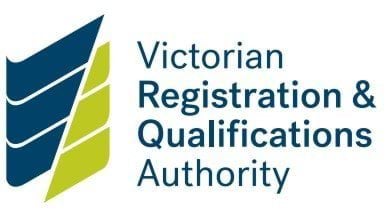About the Standard
Being a child safe organisation requires ongoing effort with a focus on reviewing and continuously improving policies, procedures and practices.
This Standard contains obligations for RTOs to:
- analyse complaints, concerns and safety incidents to:
- identify causes and systemic failures
- inform continuous improvement
- report on the findings of relevant reviews of child safe practices to staff and volunteers, families, children and the community.
How to comply
An RTO must be able to provide evidence of:
- how the RTO reviews, evaluates and improves child safe practices
- a complaints process that includes analysis and review to identify systemic failures
- meeting agendas and minutes that demonstrate continuous improvement in child safety policies and practices
- communications with staff, volunteers, communities, families and children about the outcomes of relevant reviews.
Examples of compliance
An RTO complying with the Standard may make sure it regularly reviews its implementation of the Child Safe Standards through:
- a monitoring or performance framework
- continuous improvement practices
- a record management system
- an annual compliance report
- governance frameworks.
Updated


